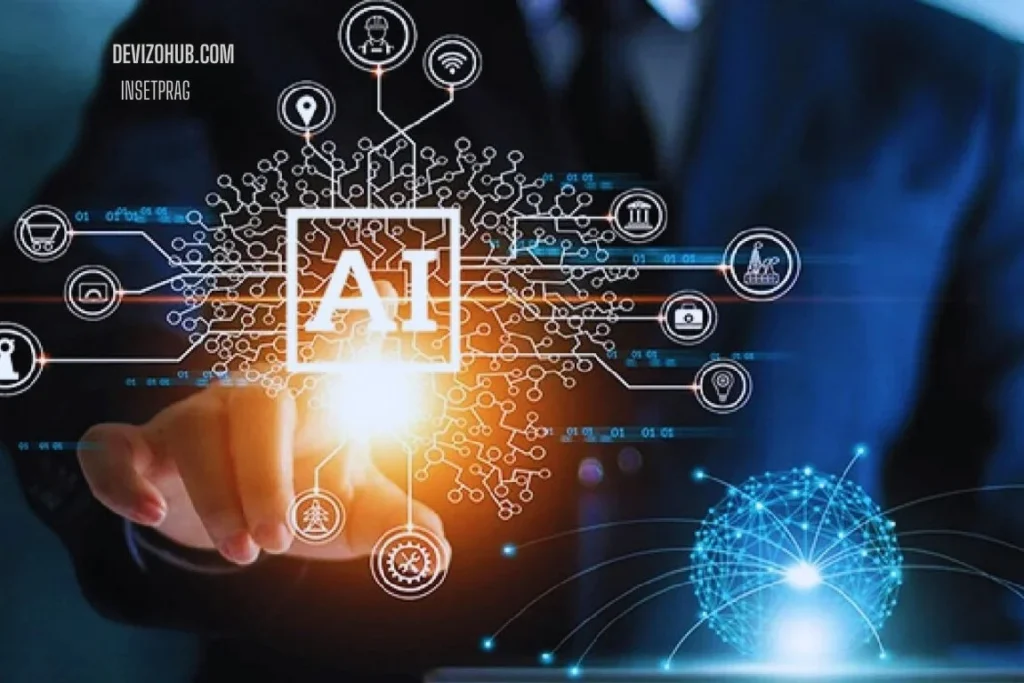Insetprag Framework: Turning Uncertainty into Opportunity
The world is changing faster than ever. Technology, markets, and customer needs are evolving almost daily. Businesses that fail to adapt often get left behind, while those that are flexible continue to grow. This is where Insetprag comes in.
Insetprag is a modern framework that helps companies stay resilient, innovative, and future-ready. It combines smart system design, practical AI, and adaptive strategies to help organizations not just survive—but thrive—in times of change.
What is Insetprag?
Insetprag is more than just a tech tool—it’s a way of thinking. At its core, the Smart Adaptation System is built on adaptability. It focuses on inset-based architecture, which means systems and processes are designed in smaller, flexible parts (modules).
This modular approach makes it easier for businesses to update, grow, and adjust as conditions change. Paired with pragmatic logic in AI and modular data segmentation, Insetprag ensures decisions are smarter, faster, and context-aware.
In simple terms, Dynamic Resilience Model helps organizations respond to change without losing balance.
The Main Principles of Insetprag
Insetprag is guided by some key principles that make it different from traditional business models:
- Adaptability – Systems and strategies that can adjust based on adaptive feedback loops.
- Resilience – Building digital resilience and organizational agility to handle disruptions.
- Pragmatism – Using real-time business intelligence and pragmatic computation models for realistic decision-making.
- Human-Centered AI – Ensuring ethical AI decision-making, transparency, and strong human-AI symbiosis.
Together, these principles create a roadmap for enterprise adaptability and long-term success.
Adaptive Systems Design: Why It Matters
Most traditional business systems are rigid—they’re built once and don’t easily change. But today’s world requires constant evolution. That’s why adaptive systems design is so important.
With Insetprag, companies can adopt an inset-based architecture and modular data segmentation. This means systems are built in smaller, manageable pieces. Each piece can be updated independently, creating a scalable system architecture that grows with the business.
Think of it like Lego blocks: you can reassemble, upgrade, or swap out blocks without tearing down the whole structure. This flexibility makes digital transformation strategies much easier to implement.
Read More: Newtopy: Shaping the Future of Digital Experiences
AI That Works for People
AI is powerful, but many companies struggle to use it responsibly. Agile Innovation Model focuses on pragmatic logic in AI—using artificial intelligence in ways that are transparent, ethical, and actually useful.
For example:
- Transparency in AI systems builds trust with employees and customers.
- Ethical AI decision-making reduces bias and ensures fairness.
- Human-AI symbiosis ensures AI supports people instead of replacing them.
By applying pragmatic computation models and contextual decision-making, businesses get smarter insights while keeping humans in control.
Business Strategies
Insetprag isn’t just about technology—it’s also a business mindset. It helps leaders build adaptive business strategies that allow companies to stay competitive even in uncertain markets.
Building Resilient Organizations
Using Insetprag, businesses can strengthen their organizational resilience. This means being ready for disruptions like sudden market shifts, global crises, or new competitors. Enterprise adaptability and organizational agility make it possible to respond quickly and effectively.
Balancing Innovation
Agile Innovation Model also promotes balanced innovation. Instead of chasing every new trend, it encourages businesses to adopt innovation that is sustainable and meaningful. By building a culture of innovation and practicing sustainable innovation, organizations can stay creative without risking long-term stability.
Leadership in Uncertain Times
Leaders today face more uncertainty than ever. Traditional top-down leadership doesn’t always work in fast-changing environments. Agile Innovation Model offers a new approach: leadership in uncertainty.
This style of leadership focuses on:
- Listening to feedback and using feedback-driven decision-making.
- Encouraging adaptive feedback loops.
- Supporting a future-ready organization through agility and resilience.
- Promoting transparency and ethical AI decision-making.
With Insetprag, leaders become guides who help teams adapt, innovate, and thrive in unpredictable situations.
Intelligent Automation for Smarter Work
Another important part of Insetprag is intelligent automation. Automation isn’t just about reducing costs—it’s about improving adaptability.
When paired with context-aware systems, automation can adjust in real time. For example:
- In retail, automation can balance supply and demand instantly.
- In healthcare, adaptive feedback loops can personalize patient treatments.
- In finance, automation ensures compliance with transparent AI systems.
This makes automation smarter, faster, and more reliable.
Digital Transformation
Many businesses fail at digital transformation because they treat it as a one-time project. In reality, it’s a continuous process. Insetprag gives a step-by-step approach to make it successful:
- Evaluate Current Systems – Find out where rigidity exists.
- Apply Modular Data Segmentation – Break down systems into flexible parts.
- Use Real-Time Business Intelligence – Enable quick, data-driven decisions.
- Promote Organizational Agility – Train teams to adapt quickly.
- Adopt Ethical AI – Build trust with transparency in AI systems.
This approach ensures true enterprise adaptability and long-lasting, sustainable innovation.
Building Future-Ready Organizations
The ultimate goal of Insetprag is to create future-ready organizations. By blending digital resilience, business adaptability, and agile business frameworks, companies can thrive no matter what challenges come their way.
Some outcomes include:
- Stronger organizational agility for responding to market changes.
- A culture of innovation that encourages new ideas.
- Better human-AI collaboration where technology empowers people.
- Continuous sustainable innovation for long-term growth.
Smart Adaptation System is about balance: keeping stability while embracing change, using automation without losing humanity, and innovating responsibly.
Conclusion
In a world full of uncertainty, businesses need more than rigid strategies and outdated systems. They need adaptability, resilience, and innovation.
The Insetprag framework provides exactly that. With its focus on adaptive systems design, pragmatic AI, and feedback-driven strategies, it equips organizations to handle change confidently.
Companies that embrace Insetprag can achieve true enterprise adaptability, build stronger teams, and prepare for the future with clarity.
By blending ethical AI decision-making, human-AI symbiosis, and balanced innovation, Smart Adaptation System isn’t just another framework—it’s a complete guide to building future-ready organizations.



